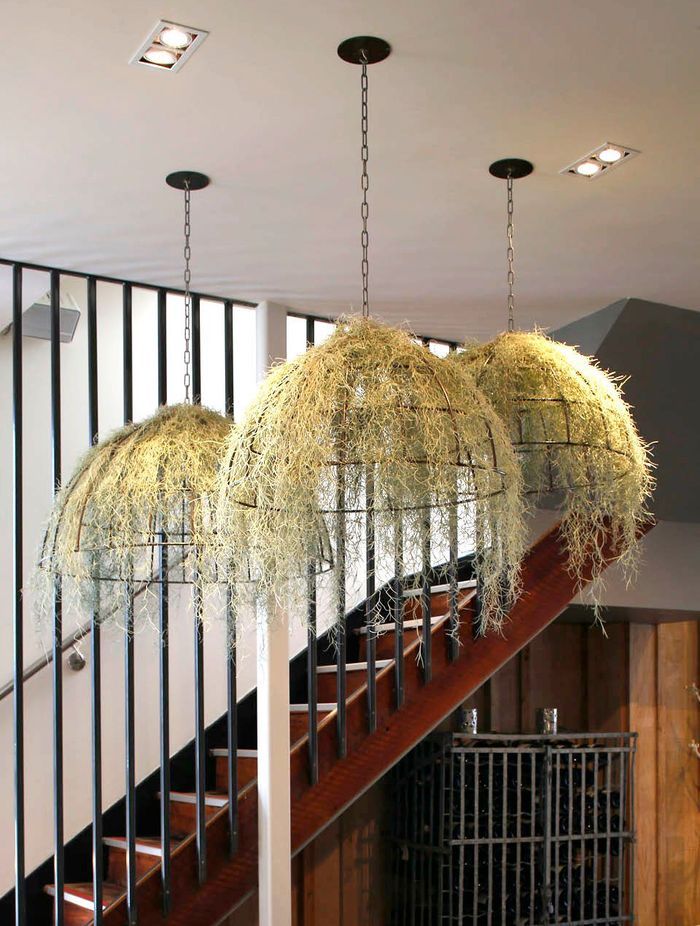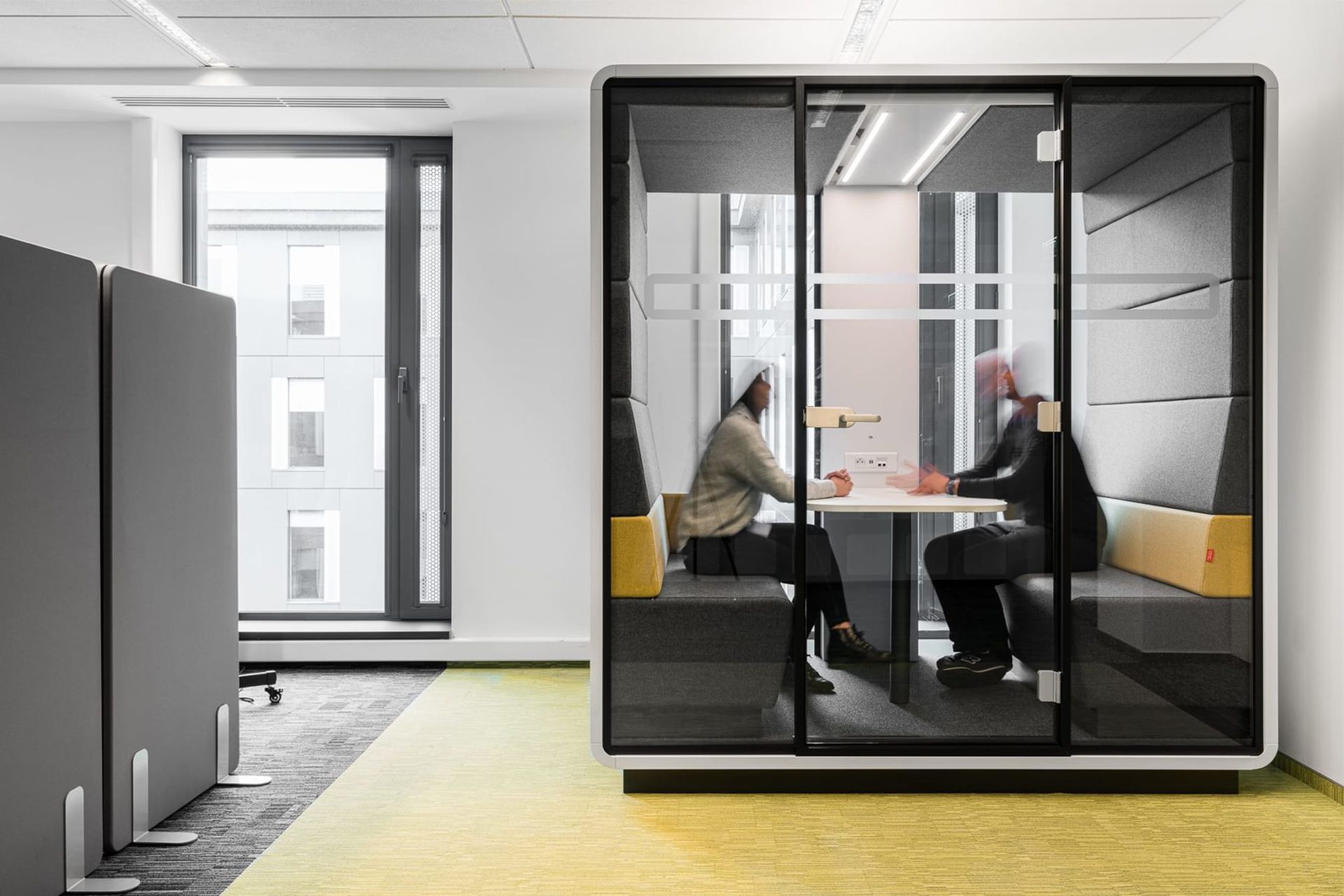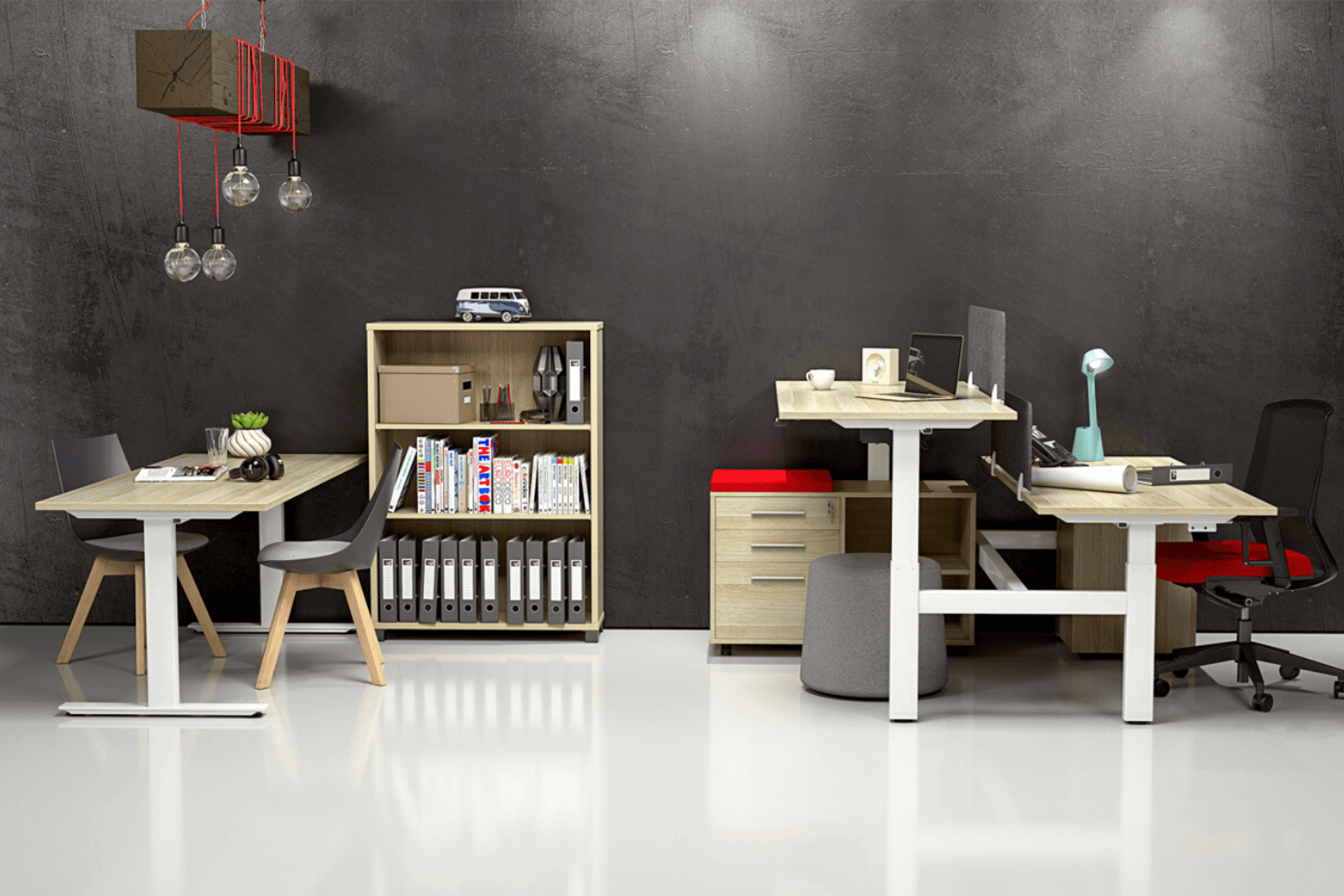Watch this space: workplace trends for 2020 and beyond
Written by
24 March 2020
•
5 min read

Health and wellbeing were the big topics as ‘the teens’ came to a close last year with most, if not all, businesses looking at ways to bolster employee satisfaction. As well as implementing wellness policies, many businesses also looked at their work environment as a way to increase the amenity of their offices.
The following workplace trends came to the fore and are expected to shape office environments—as well as how we do business—for the foreseeable future.
Biophilic design
In his 1984 book, Biophilia, Edward Wilson proposed that humans have an innate tendency to seek connections with nature (as well as other lifeforms). This seems to be backed up by research carried out by the University of Exeter, which found that simply by adding plants to an office, employees reported being more physically, cognitively and emotionally involved in their work.
Biophilic design, the act of greening a built environment, has seen many businesses incorporating planters, green walls and green roofs into their offices and is tipped to be a continuing trend for 2020 and beyond. Expect to see more creative instances of office greening including hanging foliage as a way of adding plants to an office environment without encroaching on floor space.
As an offshoot of biophilic design, interiors will take on a more natural feel with recycled, sustainably sourced and green building materials taking a more prominent role in design schemes.
‘Resimercial’ design
Another trend associated with employee wellness, resimercial design is about bringing residential elements into the workplace to facilitate creativity through familiarity and comfort.
As businesses become more agile and the traditional work week model is superseded by a more flexible working model, expect to see more instances where resimercial elements—plush comfy sofas, area rugs, floor lamps and even board games—are incorporated in our offices.
It’s open plan but not as we know it…
When Frank Lloyd Wright designed the Johnson Wax Headquarters in Wisconsin, USA in the mid-1930s, its open-plan interior concept was nothing short of revolutionary, replacing the hitherto grid-like rows of desks that proliferated open-plan office design up to that point.
Since then, open plan offices have lost and regained favour, until once again becoming the norm in the late 20th century—having displaced the oft-maligned cubicle system.
It’s not all good news for open-plan layouts though, as studies show people aren’t quite as productive as they were expected to be, because, well sometimes you just need to have your own space.
Enter privacy booths, standalone capsules that act as private workstations for one or two people without commandeering too much of that open plan space, thus allowing people to take time out to concentrate on important projects without compromising the collaborative environment of modern offices.
As well as private spaces to conduct work, there will be an upsurge in businesses offering private spaces for more, well… private, needs. Prayer/devotional rooms and fully-outfitted mothers’ rooms will become the norm as the wellbeing needs of workers takes on more focus.
Work smarter, not harder
As more and more businesses consider their place in a digital world, greater reliance on office technology is going to see greater implementation of software solutions, not just in the office environment but also with remote workers.
Data tracking apps and sensors will allow smart offices to gather data about how and when spaces are used and then tailor the working environment to individual workers’ needs around lighting and sound, which will not only promote productivity but will ultimately be energy efficient also.
The physical environment, too, will also see a shift in design. Sit-stand desks are becoming more commonplace and will continue to do so. Not only does this offer health benefits to your staff but as hot-desking also becomes more commonplace, two or more people can use the desks at different times as their individual needs dictate.
Floor plans, too, will become more dynamic as operable walls allow spaces to be closed down or opened up. Teamed with moveable furniture including tables, desks, chairs and interactive whiteboards and it will simply be a case of quickly changing the layout as and when desired.
TaaS: the language of the future
As far as business acronyms are concerned, TaaS may not be the most recognisable just yet but it’s about to become the most invaluable. Technology-as-a-Service represents an enormous opportunity for suppliers and the companies that depend on them, particularly as business models adapt to the growing trend in agile working.
Traditionally, businesses outfitted themselves using capital expenditure, which meant they could be slow to react to changes in circumstances. Switching to a TaaS model means businesses can scale their technology needs up and down without fear of being left behind and all within predictable operational expenditure parameters.
Similarly, this ‘as-a-service’ model can be used on other expenditure including office furniture.
It’s not all black and white
Interior designers are tipping that the workspaces of the ‘20s will feature monochromatic colour schemes that include the entire spectrum of shades and tones of individual colours—led by brand colours—designed to demarcate spaces into a visual hierarchy and to reinforce the corporate brand to both employees and visitors.
Monochromatic design schemes have the benefit of imparting a sense of cohesion that is both elegant and accessible, lending your business an air of stability and friendliness. Don’t forget to add visual interest through varying textures and materials.
Another design trend that plays well with a monochromatic scheme was the increase in abstract and geometric patterns—including everything from flooring materials and wallcoverings to fixtures and fittings and even office furniture.
So, say goodbye to the offices of the ‘teens’ and hello to comfort, colour and connectivity in the office space of today.
<sup>Top banner image credit: </sup><sup>Crestline</sup>


